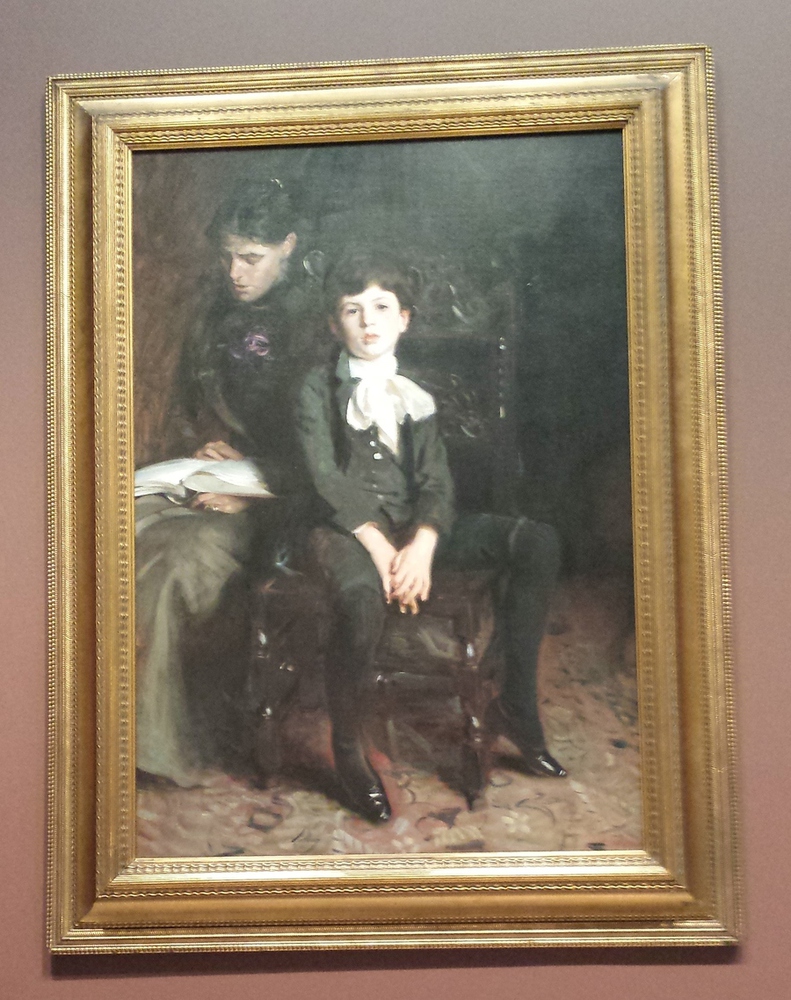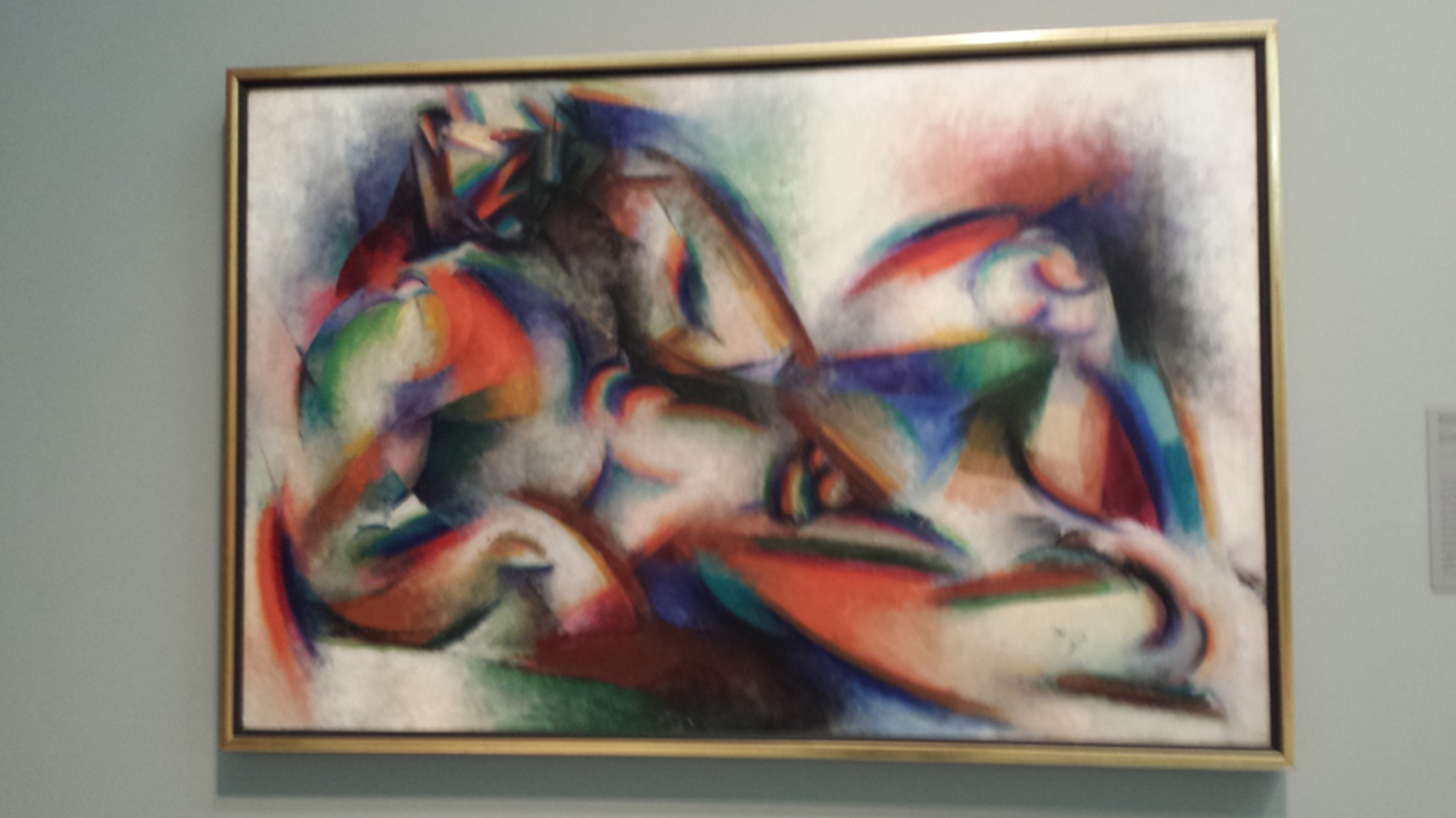Observing different artworks for long periods of time in a museum has become very scarce nowadays with the rising busy nature of people. Most are seen scrambling to meetings classes and interviews and never take the time to place themselves in front of an artistic piece and fully examine the artwork. This assignment definitely helped in realizing the importance of observing a piece of art to receive the full experience that the artist meant to convey to the audience. There is no other way certain details in the various pieces of artwork could have been noticed without spending a considerable amount of time examining the painting in its entirety.
Realistic Painting
Portrait of a Boy by John Singer Sargent
Background Information
Sargent started his art career in the late 1800s and grew to become known as the "leading portrait painter" of his generation. Most of his pieces were commissioned by wealthy clients and many traveled across to Europe to have him paint their portrait for large sums of money. His best portraits revealed the "individuality and personality of the sitters" and some even had a few exotic qualities to them. However, as time grew on, he became weary of painting so many portraits and started to shift towards architectural and landscapes subjects. Most critics treated him harshly and with the rise of Impressionism, Fauvism, and Cubism, his work was seen as obsolete and "out of step" with post-World War I Europe sentiments in the arts. With the rise of anti-Semitism in Europe, his works were supporting Jewish prosperity, which could have led to the decline of his reputation. Many other critics stated that his work was poorly executed, being superficial and portraying the "emptiness of Sargent's mind." However, only after his death did his popularity increase with critics acclaiming his ability to capture the emotion and mood of each subject.
- uses a lot of composition and lighting to create a striking effect on the audience
The first artwork was a painting titled Portrait of a Boy by the American artist, John Singer Sargent. When examining the picture, the boy is placed in the center of the image, his face being the obvious focus. The light illuminates his facial features the most, revealing quite a bored and uninterested expression on the boy. His body language also contributes to portraying his overall emotion at that moment with his slumped shoulders and crooked way of sitting. As one carefully examines the background, there is a woman present behind the boy reciting something from a book. Judging from the boy’s reaction to her words, it seems as though she is a tutor reciting something that is very dreary and is boring the child. The woman herself is very subdued and hidden from the light source. None of her features seem to be lit by the natural light as much as the boy in the center is. Her presence seems to be drowned out much like what the boy in the painting seems to be doing to her and her speaking. Her features are not as clear as the boy’s and because she is positioned behind the boy, the shadows cover most of her body. This was probably done to ensure that the audience’s focus would be on the boy rather than what else was happening in the background. Everything around the boy is very dark in comparison to his face and adds a large contrast of his emotions to the overall atmosphere of the moment. From the boy’s face it is completely evident that he is not enjoying the interaction with his supposed tutor. The boy’s eyes are slightly blank, as if he is spacing out or daydreaming. With careful examination, the boy’s clothes indicate his nature as one of the higher class being able to afford a private tutor. This brings a whole other perspective to the art by creating a lighter and more leisurely atmosphere. The dark color palette does not create a solemn mood, but rather a slow and relaxed Sunday afternoon kind of impression. The artist made great use of the subjects and their poses to lead the audience to a certain type of reaction he had wanted to incite while painting this piece.

